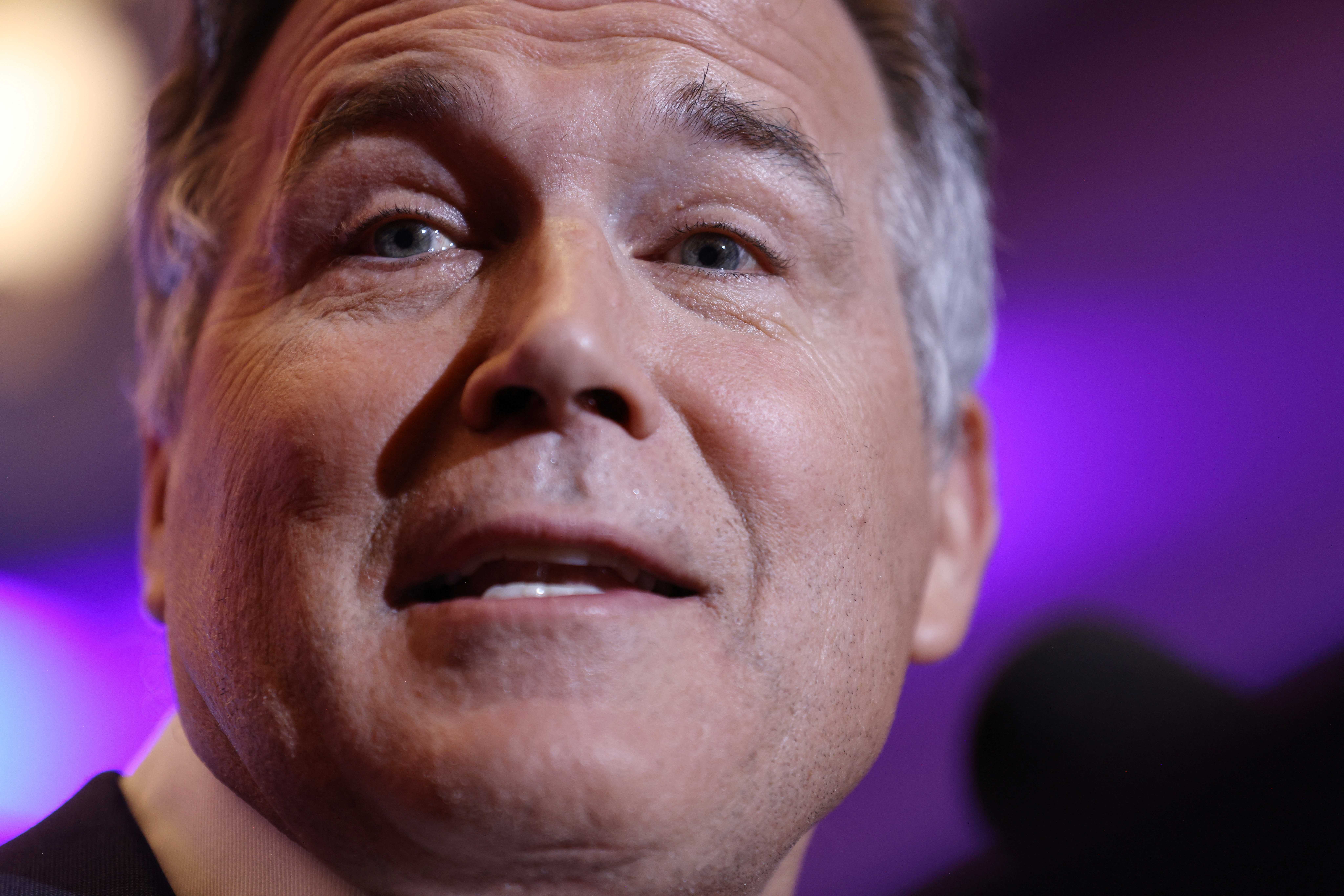The Republican Party, led by former President Donald Trump, appears on track to secure control of both the U.S. Senate and House of Representatives next year. On Thursday, multiple media sources projected that Republican candidate Dave McCormick had defeated Democratic Senator Bob Casey in Pennsylvania, bringing the GOP’s Senate seats to 53. With tight races in Arizona and Nevada still undecided, Republicans could expand their Senate majority to as many as 55 seats.
In the House of Representatives, Republicans are also inching closer to maintaining control. They have increased their current majority to 220-212 by adding one more seat, with 25 races remaining uncalled. At present, Republicans hold 211 confirmed seats, needing just seven more to achieve a majority in the 435-seat House. Meanwhile, Democrats would need to secure 19 of the remaining races to retain a slim grip on House power.
The final results for the House may not be known for several days, particularly because 11 of the uncalled races are in California, a state that traditionally takes longer to tally votes.
If Republicans do gain control of both chambers, they would be positioned to advance Trump’s legislative agenda, which includes tax cuts and significant immigration restrictions. However, in the Senate, their majority would still fall short of the 60 votes required to bypass potential filibusters for most legislation, though they would have the numbers to confirm Trump’s judicial and executive branch nominees.
The Senate races in Nevada and Arizona remain crucial. In Nevada, incumbent Democrat Jacky Rosen holds a narrow lead over Republican challenger Sam Brown, with Rosen ahead by less than 1 percentage point and 94% of votes counted. Meanwhile, in Arizona, Democrat Ruben Gallego leads Republican Kari Lake by 1.7 percentage points, with 74% of the votes counted.


















